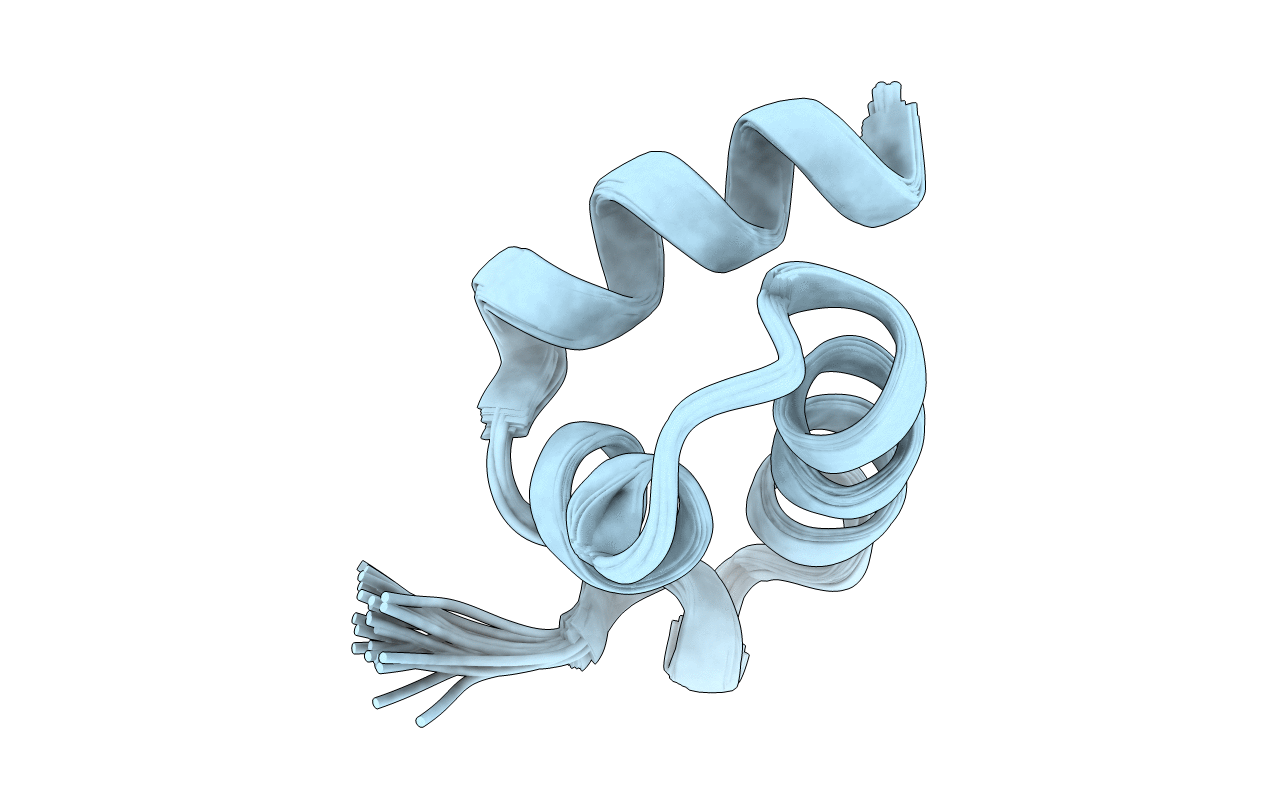
Deposition Date
2014-09-13
Release Date
2015-06-24
Last Version Date
2024-11-20
Entry Detail
Biological Source:
Source Organism:
Scolopendra mutilans (Taxon ID: 251420)
Host Organism:
Method Details:
Experimental Method:
Conformers Calculated:
30
Conformers Submitted:
25
Selection Criteria:
target function


